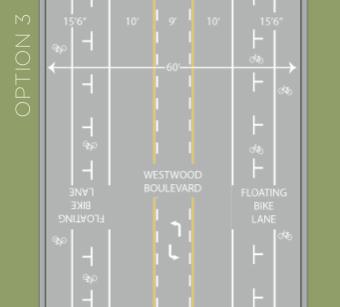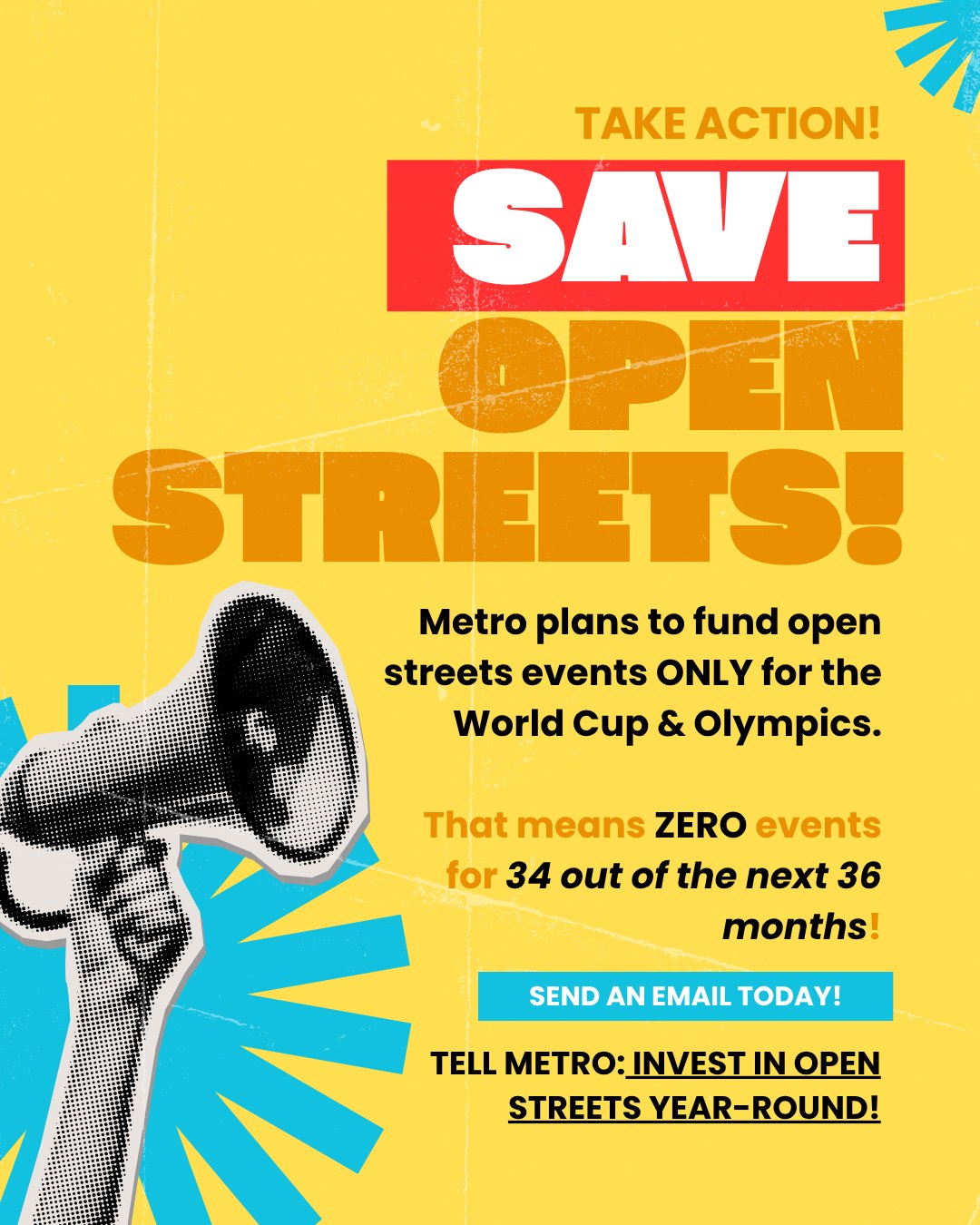Recently, Los Angeles City Councilmember Paul Koretz joined Mayor Eric Garcetti and others at a preview of the Expo Line Phase II, which extends that light rail line from its current terminus in Culver City, all the way to downtown Santa Monica. Afterwards, a press conference for this long-overdue project was held at the nearly-completed Palms Station, where they gave speeches and celebrated this milestone toward providing better mobility and lowering greenhouse gas emissions.

But behind the scenes, Mr. Koretz is sabotaging Expo by killing the bike lane that will connect it to UCLA and Westwood Village. The Westwood Boulevard bike lanes are opposed by his not-in-my-backyard (NIMBY) constituents near Westwood, who fear it will aggravate traffic. In an email from his office obtained via a California Public Records Act request, he told them: “I can’t see any way that I wind up supporting the bike lane on Westwood [...] I am going to just kill it now, rather than waiting for a study.”
Los Angeles is a dense and clustered city. But in any city, it is rare that someone can take transit from their doorstep all the way to exactly where they want to go. Transit planners call it the “last mile” problem: figuring out how to get people from the train stations to destinations that are sometimes too far to walk.
Shuttles and taxis are part of the solution, but so are bikes. This is clear in the case of the Westwood Boulevard stop, which is a 10-to-15 minute bike ride from UCLA. However, it is perilous: according to a July 21 article in the L.A. Times, there have been 52 bike crashes on the route since 2002. Imagine how high that number will go when the Exposition Line opens and UCLA students start biking to the train. It’s a no-brainer: we simply must build safe, protected bike lanes directly between UCLA and the station.
As the Times pointed out, there’s an 11-foot and an 18-foot car lane in each direction on Westwood. That leaves more than enough room for bike lanes, preferably with a curb or buffer to keep cars from crashing into cyclist. This benefits motorists too: on those rare occasions when traffic is light enough for cars to go faster than bicycle speed, cyclists are out of the way.
Koretz wants bikes to use adjoining streets. But a longer, circuitous bike trip with more intersections and potential conflict zones is hardly safer. And with Waze already distributing traffic, what’s the point? Koretz also claims that emergency vehicles will be slowed by bike lanes on Westwood, even though studies show that bike lanes reduce road deaths and injuries by as much as 50 percent. Besides, bikes can pull over to let an ambulance pass, same as a car. But if Koretz is concerned about first-responders, forget bike lanes—let's remove a car lane on Westwood and make a median lane for emergency vehicles only, as is done in many cities around the world.
In 2010, Koretz released a statement about the recently completed climate change talks in Copenhagen: “...global climate change is arguably the greatest threat to the continued health and prosperity of humanity and the planet... Los Angeles can do its part now to be part of the solution.”
Just not on Westwood Blvd, apparently. Or pretty much any other street in Los Angeles with a powerful NIMBY contingent.
The Expo Light Rail Line’s construction was delayed for decades by NIMBY homeowners and by a lack of political leadership. Los Angeles simply must break this pattern, where small, selfish groups delay and kill projects, leaving the entire city stagnating on unsafe, gridlocked streets.
Michael Fleming is the Executive Director of the David Bohnett Foundation (www.bohnettfoundation.org), which improves society through social activism (including supporting Streetsblog Los Angeles.)






